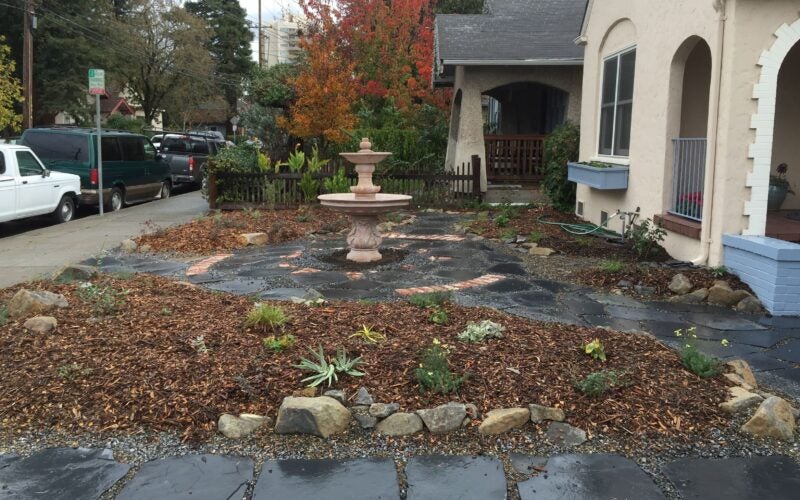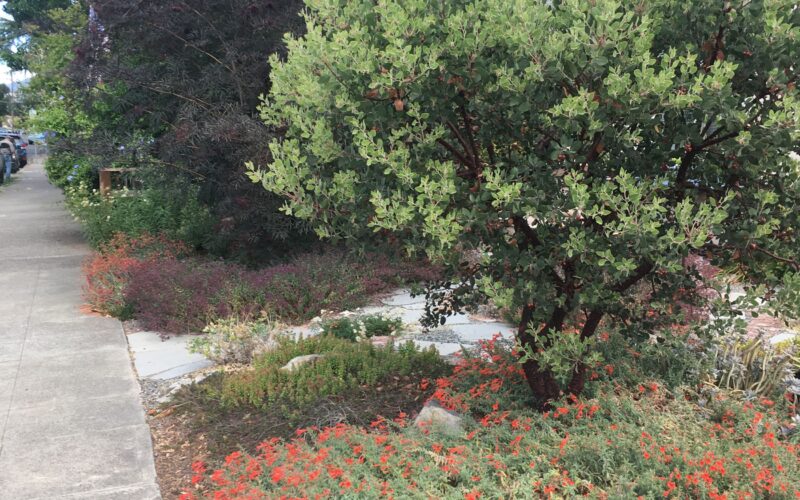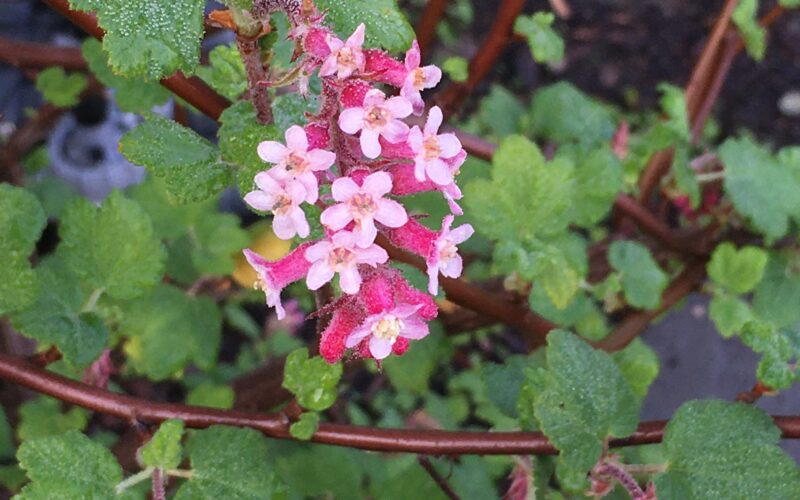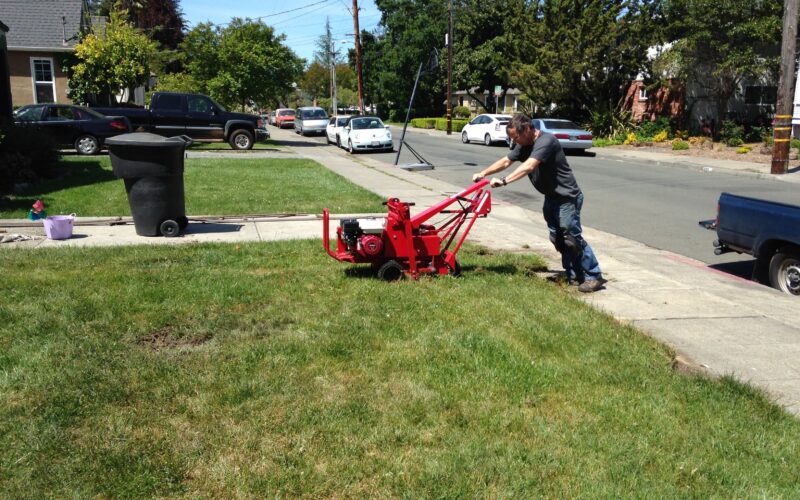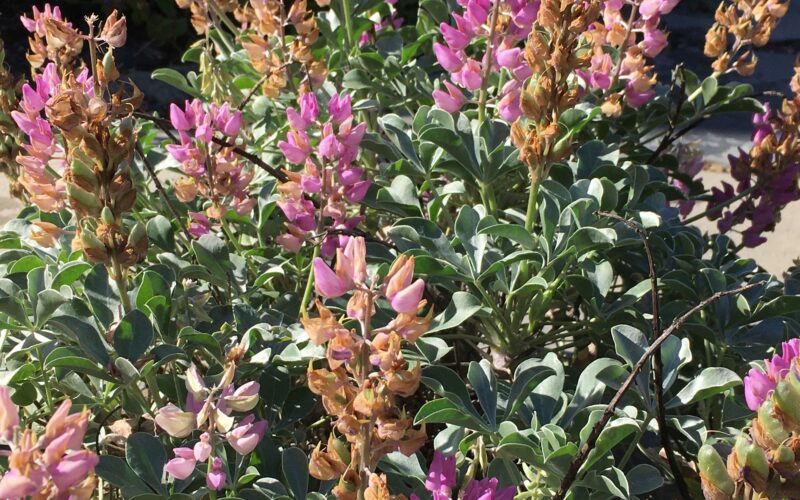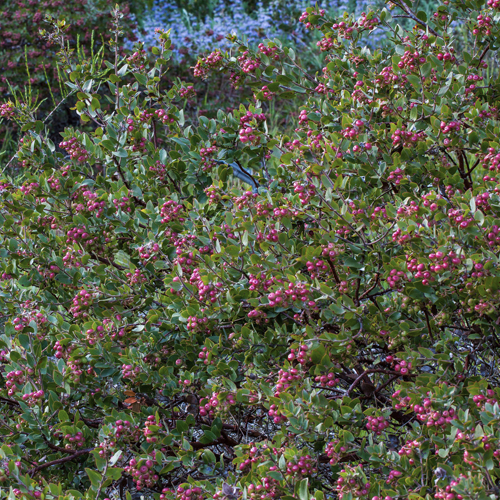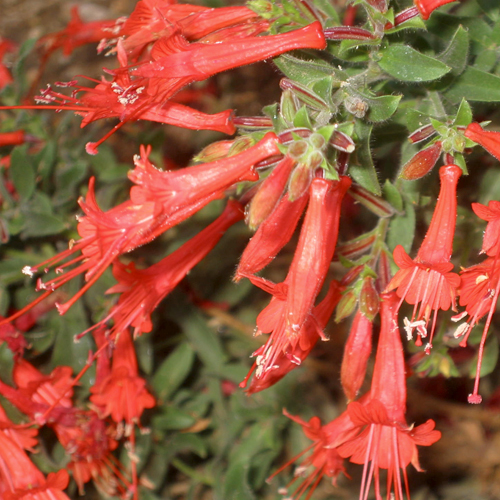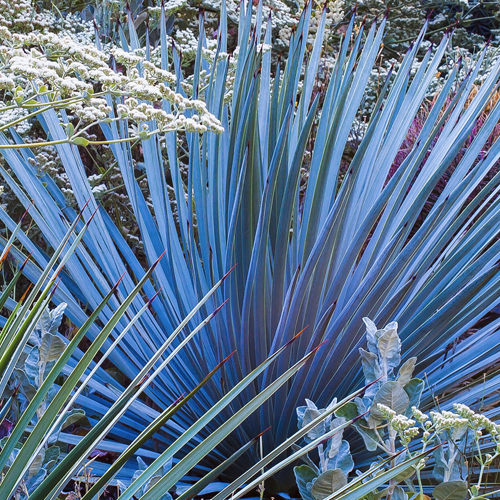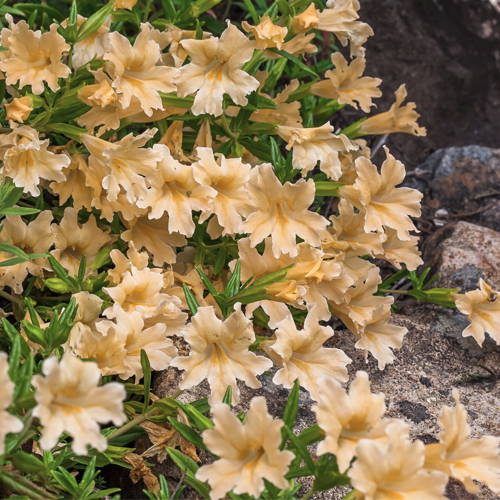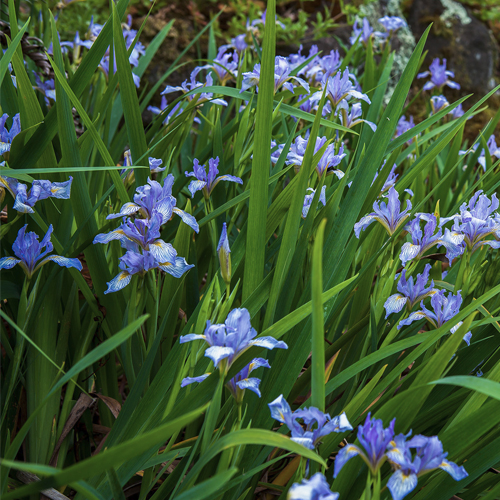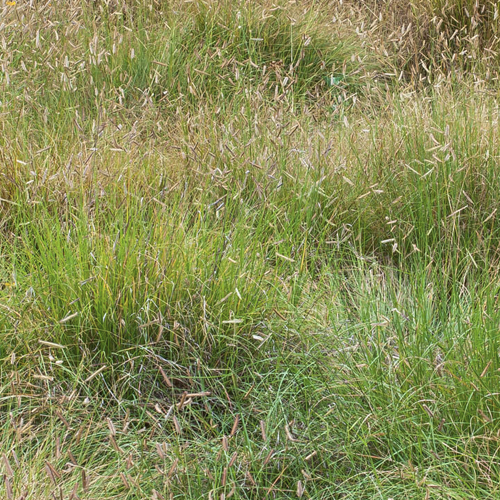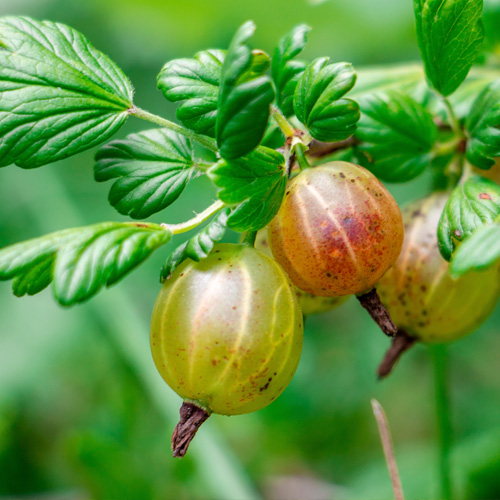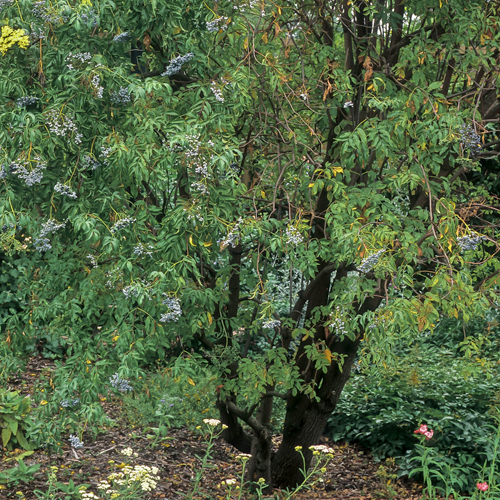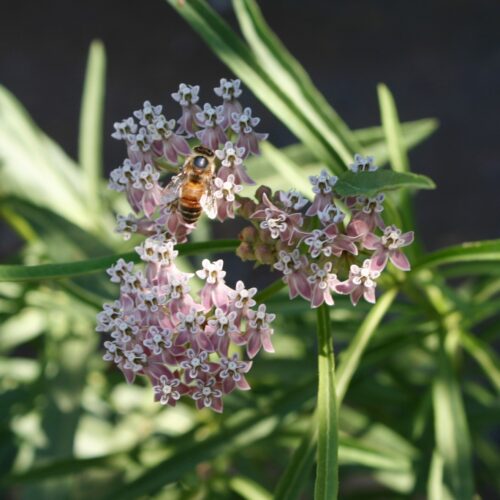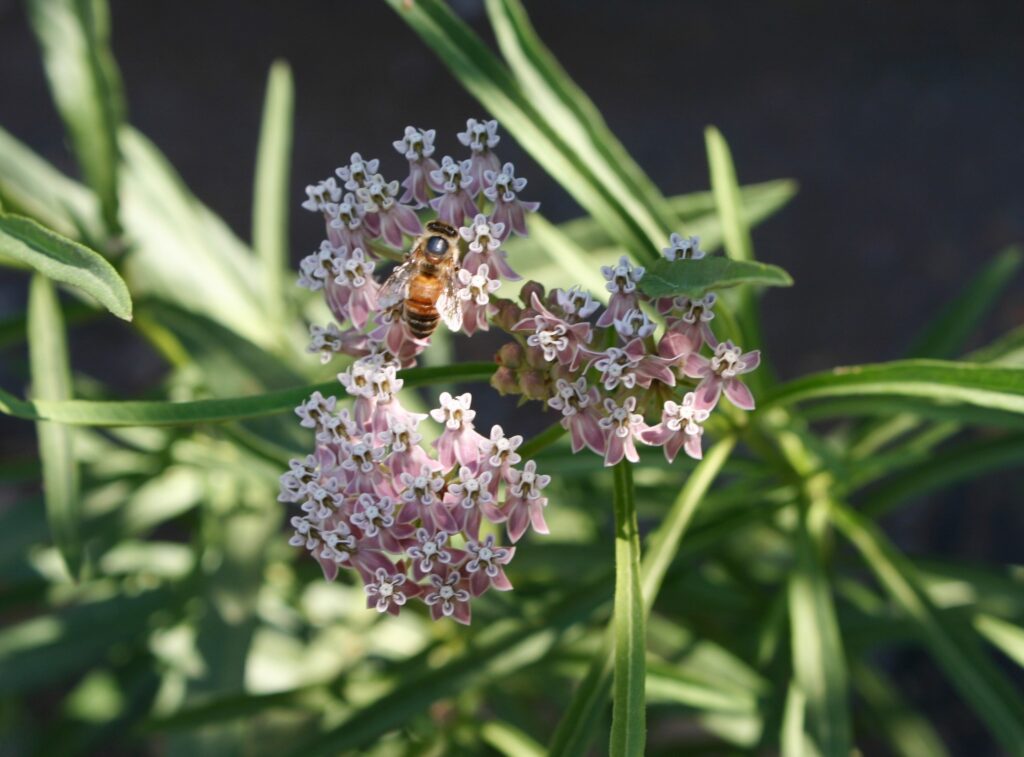Freda’s Garden
BACK TO FULL TOUR
Garden Features
Drought Tolerant
Edible Garden
California Natives
Drip Irrigation
Pesticide Free
Rainwater Harvesting System
Sheet Mulching
Smart Irrigation Controller
Lawn Conversion
Lawn-Free Landscaping
Partner: Santa Rosa Water
The installation of our garden was made possible in part by the “Cash for Grass” program by Santa Rosa Water, which provided funding for the removal of our lawn and the transformation of our landscape. Using a sod cutter, we removed the lawn and repurposed the strips of sod to build planting mounds, minimizing waste and maximizing resourcefulness. Any remnants of Bermuda grass were meticulously hand-weeded, ensuring its eradication from our garden forever. Following this initial groundwork, we implemented sheet mulching across the entire 1000 square feet, allowing the soil to regenerate undisturbed for four months before the installation of drip irrigation, flagstone pathways, plants, and a fountain.
To further enhance our water conservation efforts, we installed fourteen 50-gallon rain barrels on the east side of our house in 2018. This collected rainwater is utilized throughout the dry season to maintain the fountain and deeply soak our Tangerine tree, minimizing our reliance on municipal water sources.
Maintenance of the garden is carried out seasonally, with three or four visits per year. Spent flowers are often left standing to provide shelter and nesting sites for birds and insects, while the heaviest pruning and clean-up occur in late winter. Regular checks are conducted on the drip irrigation system to ensure efficiency, with mulch periodically topped up to retain moisture and suppress weeds.
Over time, our garden has flourished, serving as a vital habitat for birds and insects while providing seasonal beauty for human enjoyment. During dry years, the fountain may be deactivated to minimize water loss through evaporation, but excess clean household water is repurposed to provide a source of hydration for wildlife. When the fountain is active, its gentle sounds act as a magnet for a diverse array of bird species, creating a captivating spectacle that enriches our connection with nature.
Garden facts:
Lawn removal + sheet mulching: October 2014
Hardscape installation and planting: February 2015
Rain barrel installation: Summer 2018
Size ~1000 sq ft
Water use in the summer ~500 gal/month
